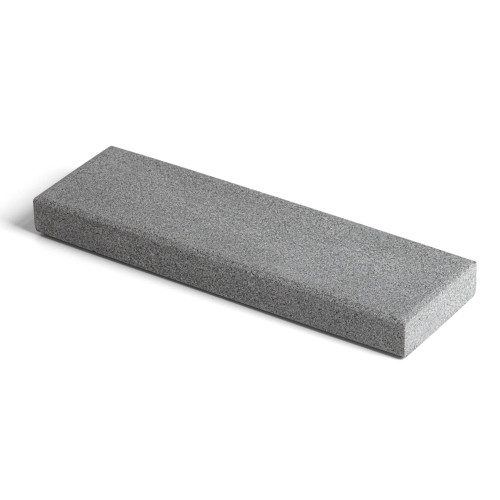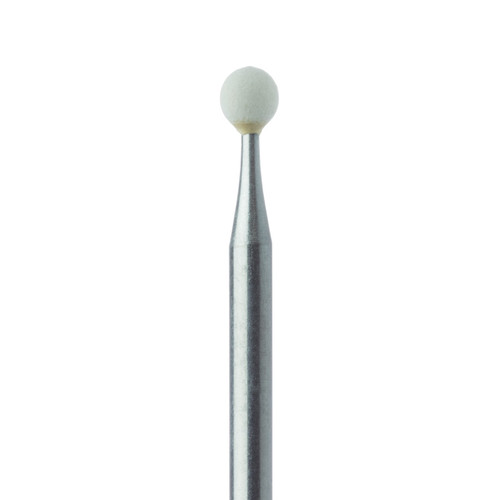Description
Sharpening stone:
- recommended for curettes, chisels, and scalers.
- available in various grits (textures) and designs to meet a particular need.
- lubricate often with water or oil to avoid clogging the stone’s pores with metal particles.
- should be wiped and scrubbed after each use with a clean gauze to remove metal particles.
- can be ultrasonically cleaned to remove any lubricant and metal particles before sterilization.
- should be used alternating the areas used for sharpening to prevent “grooving” in the stone.
Note:
Sickle Scalers have a pointed tip and, therefore, the stone is held straight as it nears the tip.
Curettes a rounded toe, so the position of the stone is adapted to the rounded cross-section.
Sharpening evaluation:
Visual inspection of the instrument's cutting edge:
- if the cutting edge is rounded and reflects the light, then it is blunt.
- if the cutting edge is edged and doesn't reflect the light, then it is sharp.
Testing the instrument's blade with the plastic Testing Stick:
- if it runs smoothly over the Testing Stick, then it is blunt.
- if it grabs into the Testing Stick and removes small fragments of the plastic, then it is sharp.









